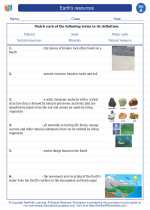Celestial Bodies
Celestial bodies are objects in space, such as planets, moons, asteroids, comets, and stars. They are an essential part of our universe and can be studied to understand the mysteries of the cosmos.
Types of Celestial Bodies
- Planets: These are large celestial bodies that orbit around a star, such as the Earth, Jupiter, and Mars.
- Moons: Moons are natural satellites that orbit around planets. For example, Earth has one moon, while Jupiter has over 79 known moons.
- Asteroids: These are small rocky objects that orbit the Sun and are mostly found in the asteroid belt between Mars and Jupiter.
- Comets: Comets are icy bodies that orbit the Sun and develop a bright, glowing tail as they approach the Sun.
- Stars: Stars are massive celestial bodies that produce light and heat through nuclear reactions in their cores. The Sun is an example of a star.
Studying Celestial Bodies
There are various ways scientists study celestial bodies:
- Telescopes: Telescopes are used to observe distant celestial bodies and collect data about their composition, movements, and behavior.
- Space probes: Probes are sent into space to gather information about celestial bodies up close. For example, the Hubble Space Telescope has provided valuable insights into our universe.
- Radio telescopes: These instruments detect radio waves emitted by celestial bodies, allowing scientists to study objects that may not emit visible light.
Key Concepts to Remember
When studying celestial bodies, it's essential to remember the following key concepts:
Orbit: The path that a celestial body follows as it revolves around another body in space, such as a planet orbiting a star.
Rotation: The spinning of a celestial body around its own axis. For example, the Earth completes one rotation every 24 hours.
Gravity: The force of attraction between celestial bodies that keeps them in orbit around each other.
Atmosphere: The layer of gases surrounding a celestial body, such as Earth's atmosphere, which is essential for supporting life.
By understanding these concepts and studying celestial bodies, we can gain a deeper understanding of the universe and our place within it.
.◂Science Worksheets and Study Guides First Grade. Earth's resources
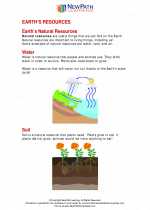
 Worksheet/Answer key
Worksheet/Answer key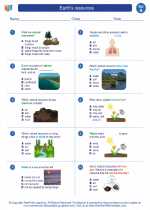
 Worksheet/Answer key
Worksheet/Answer key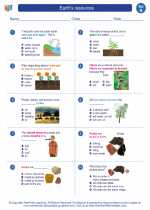
 Worksheet/Answer key
Worksheet/Answer key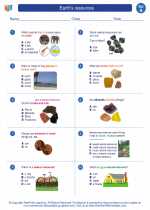
 Vocabulary/Answer key
Vocabulary/Answer key
 Vocabulary/Answer key
Vocabulary/Answer key